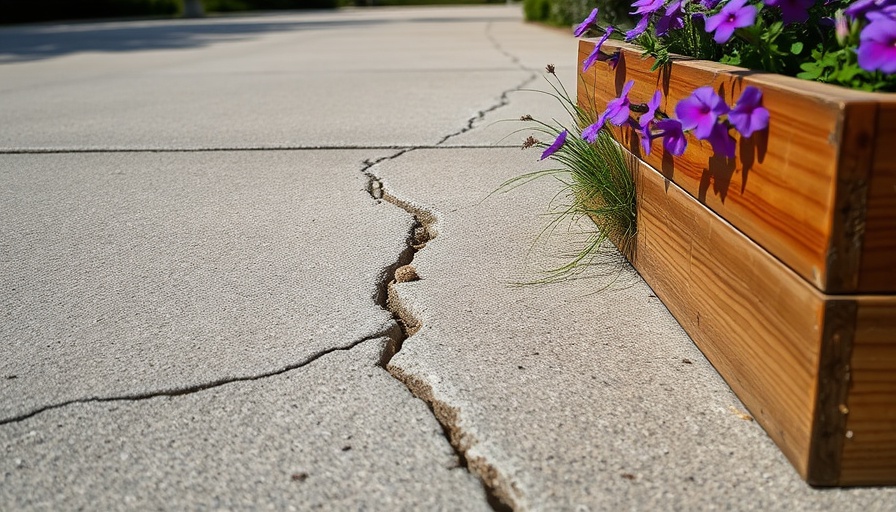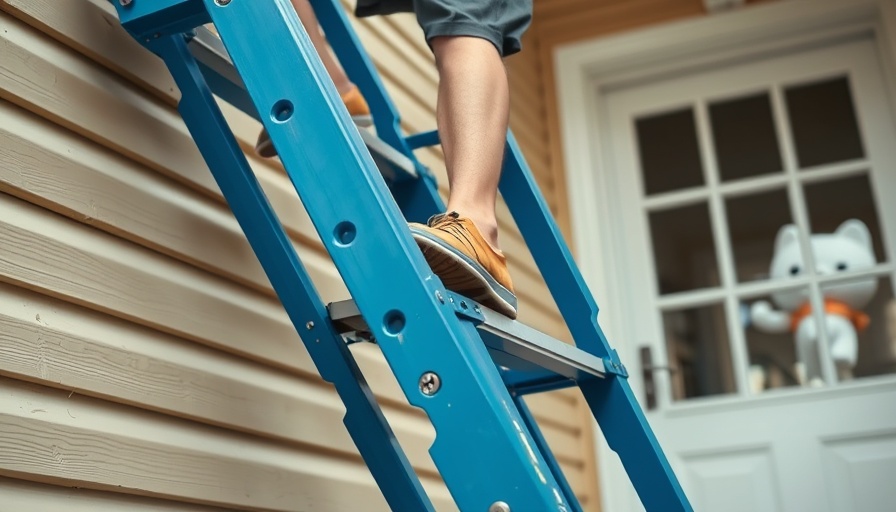
Is the Frozen Laundry Pod Hack Worth It?
The latest trend in DIY laundry solutions has homeowners in the MidSouth buzzing: making your own frozen laundry detergent pods. Proponents claim this clever hack serves as a cost-effective and environmentally friendly alternative to buying expensive, single-use pods. But does it actually deliver the cleaning power your clothes need, or is it just a messy experiment?
A Closer Look at the Process
To create your very own frozen pods, you simply fill a silicone ice cube tray with your favorite liquid laundry detergent and place it in the freezer. Some enthusiasts enhance their pods by adding scent booster beads, fabric softeners, or even baking soda, shaping them for convenience. Once frozen, these little blocks of detergent are easy to pop out, store, and use when it’s time to tackle that pile of laundry. Sounds easy, right?
Does Freezing Detergent Actually Work?
Ultimately, the answer is not as straightforward as it might seem. Yes, you can freeze detergent and use it to clean your clothes, but the effectiveness of this method is highly questionable. Bill Carroll, a chemistry expert, underscores that freezing can compromise the cleaning efficacy of the detergent. When subjected to extreme low temperatures, the enzymes—natural agents that target stains—risk becoming inactive. As he points out, if freezing were truly beneficial, major detergent brands would likely offer this option themselves.
Potential Risks & Drawbacks
Additionally, liquid detergents are formulated to work optimally at room temperature. Freezing could alter the chemical structure of the detergent, leading to unpredictable results. Even highly concentrated formulas can transform into a gooey mess, failing to deliver the performance expected. With modern products designed for convenience and efficiency, the frozen pod method could hinder rather than help your laundry process.
Environmentally-Friendly Alternatives
Fear not, aspiring DIY-ers! If you're drawn to sustainable practices, there are better ways to reduce waste while also keeping your home clean. Instead of freezing detergent, consider making your own dry ingredient laundry pods. When you use ingredients like washing soda, borax, and grated Castile soap, these ingredients remain stable and effective. Simply mix and spritz with a little water until they clump together, then store them safely.
Embracing Laundry Sheets
For those prioritizing convenience, laundry sheets offer an innovative alternative to traditional detergents. Available in various scents and formulations, these sheets are lightweight, compostable, and easy to use. Just toss one in with your clothes, and let it work its magic without the mess of liquid or powdered detergents. With reduced plastic waste and space-saving capabilities, laundry sheets are transforming the way we approach clean clothes.
Community Connections in Sustainable Practices
As homeowners in the MidSouth navigate these trends, it’s essential to connect with local resources that promote healthy living. Whether accessing community workshops or local cooperatives focused on sustainable home practices, there are endless opportunities to share ideas and support one another in the pursuit of enhancing our living spaces.
Final Thoughts: Weighing Your Options
Before jumping onto the frozen laundry pod bandwagon, it’s crucial to assess whether this clever hack serves you well or will leave you with dirty clothes and wasted time. With better alternatives available, your laundry routine can become more efficient and environmentally friendly without the risk of diminished cleaning capabilities. Embrace creativity in your home cleaning routine, and find approaches that bring out the best in both your garments and your commitment to sustainability!
Are you ready to explore the world of efficient laundry cleaning while adopting sustainable practices? Dive into innovative solutions today and transform the way you do laundry!
 Add Row
Add Row  Add
Add 



Write A Comment